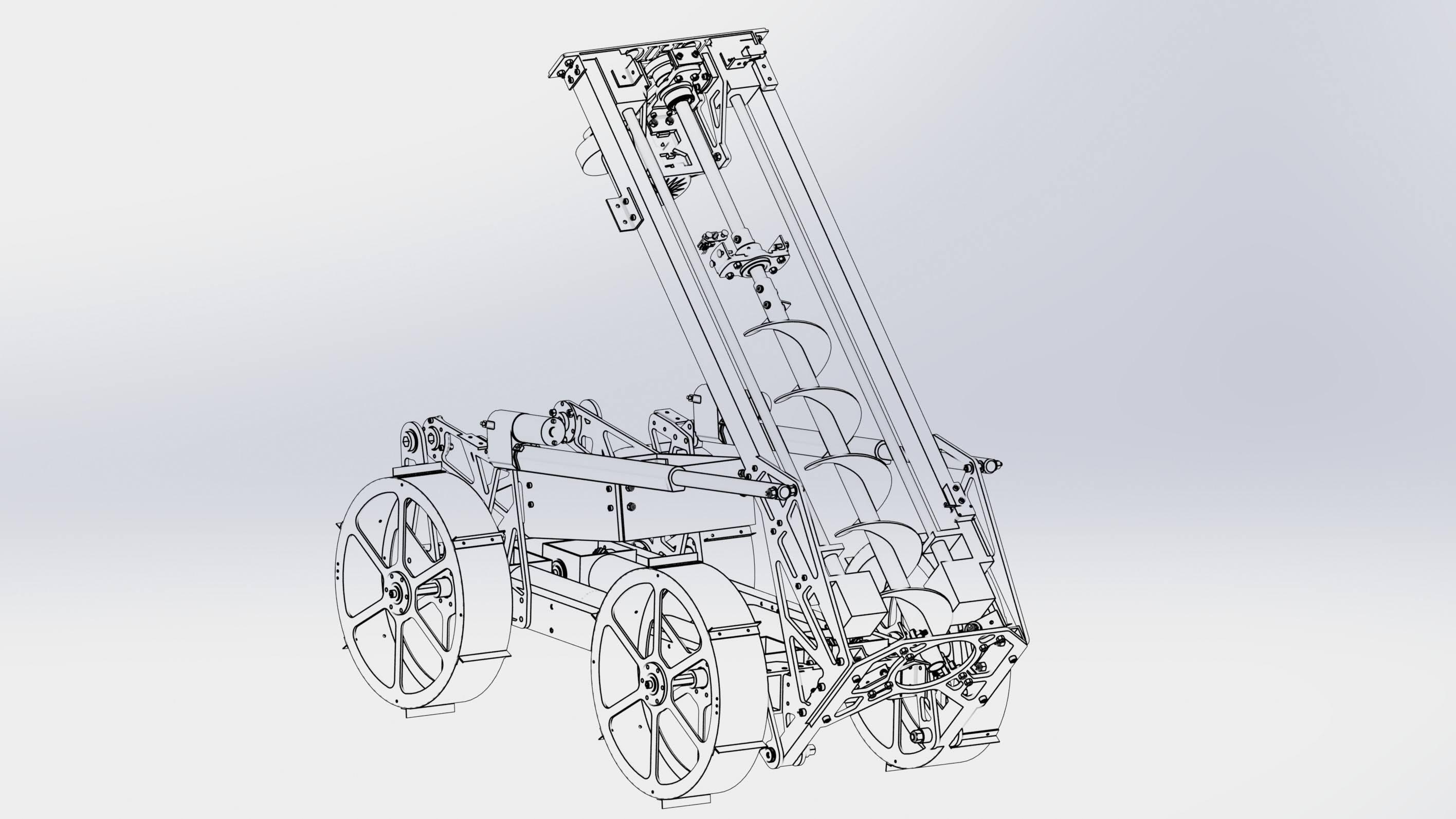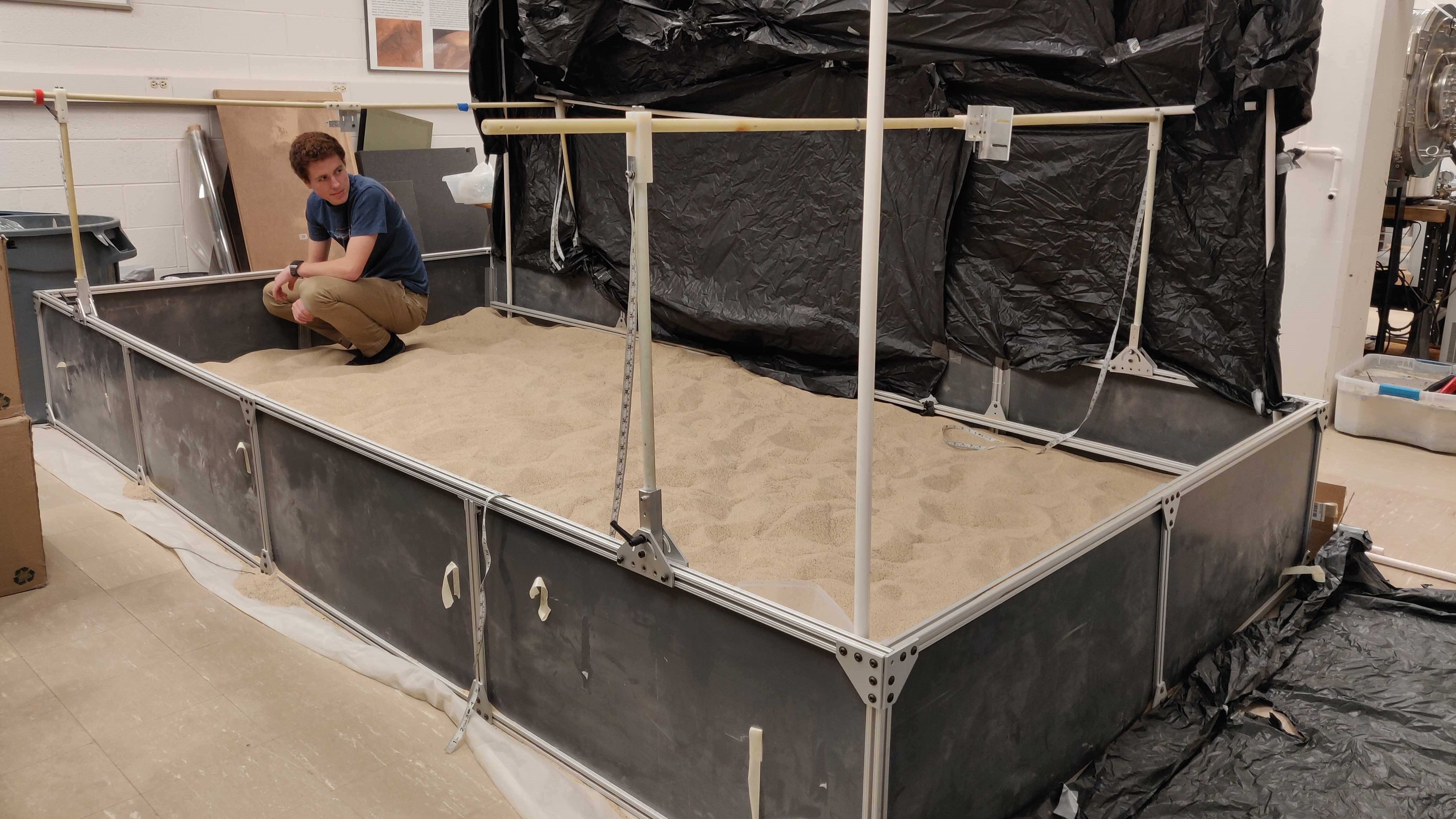REST
Robotic Exploration of Space Team
About REST
The Robotic Exploration of Space Team (REST) was founded in 2012 as part of the Student Space Systems Fabrication Lab (S3FL). We are a multidisciplinary organization focused on the development of a fully autonomous mining rover. Our mission is to design, build, and test a robot capable of autonomously navigating a Lunar environment and collecting samples in a simulated extraterrestrial environment.
We are a competition-oriented team that participates in the NASA Lunabotics Competition. Teams from all over the country arrive at Kennedy Space Center to present their design for an autonomous rover in NASA’s simulated Lunar environment.
Our team is a great place for students to expand their knowledge in various subjects with focuses on a variety of advanced engineering topics such as embedded control systems, computer vision, autonomy, machine learning, mobile robotics, power electronics, dynamic systems analysis, localization, and telemetry. We strive to be a group where newcomers can learn about these complex topics and senior members can continue to expand upon their working knowledge.
Subteams

Mechanical
On the mechanical subteam students work together to solve challenges involving industrial design, dust proofing, manufacturing, dynamics, structures, and more. Currently, the subteam is looking to design new modular excavation systems to be compared against previous systems the team had. Also, they work to reduce mechanical failures on the rover to an all-time low.

Electrical
The electrical subteam is in charge of finding and ordering COTS components that cohere to create an efficient, reliable design. Currently, the subteam is creating a custom E-Box to house and protect some of the more fragile electronics from the dust/sand. Additionally, they are looking at batteries, relays, and LEDs to improve the safety and durability of the rover.

Software
The software subteam works with a huge variety of languages, including C# and Python. The current projects include creating pathfinding algorithms for autonomous navigation, using computer vision to locate the rover and identify harsh terrain, and creating custom UIs for sending and receiving data from the various onboard computers wirelessly. Away from the rover, there are also opportunities in data analytics.




